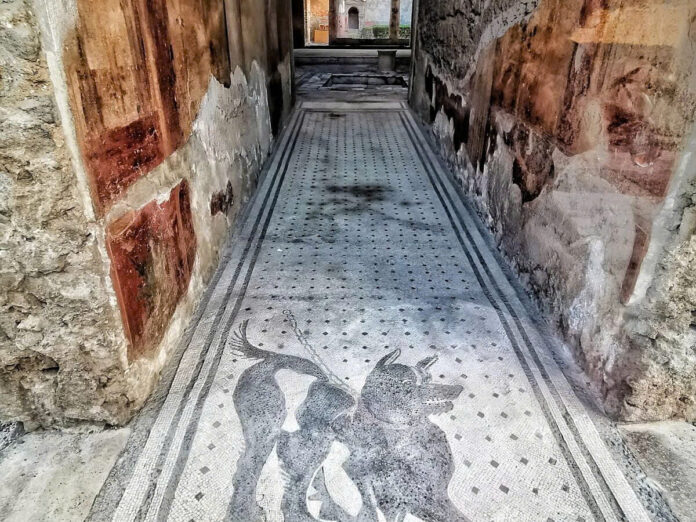In the ancient streets of Pompeii lies one of the most remarkable preserved Roman homes – the House of the Tragic Poet. This magnificent residence, frozen in time by Mount Vesuvius’s eruption in 79 AD, offers us a fascinating window into the sophisticated lifestyle of Pompeii’s elite during the 1st century AD.
The Guardian at the Gate
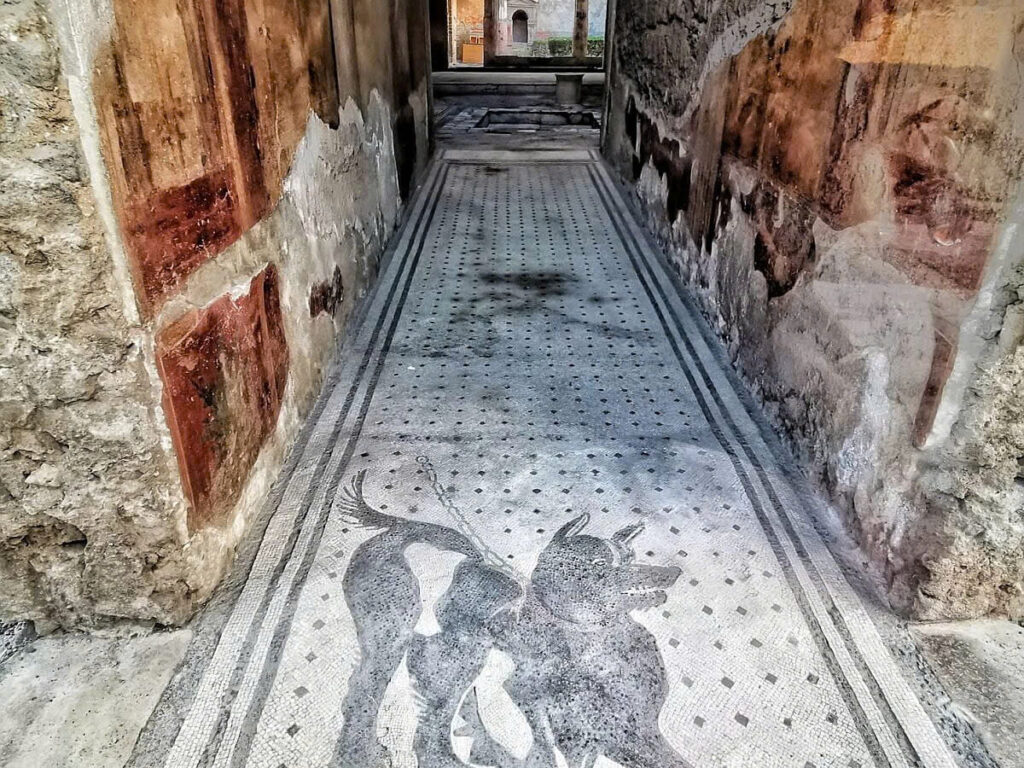
Visitors stepping into this ancient dwelling are immediately confronted by the famous “Cave Canem” mosaic – a warning that translates to “Beware of the Dog.” This intricate floor piece, featuring a snarling dog, reflects both the practical security concerns of wealthy Romans and their artistic sensibilities. Guard dogs were common protectors of elite Roman households, making this mosaic both a functional warning and a piece of decorative art.
A Home of Dramatic Arts
The Origin of the Name
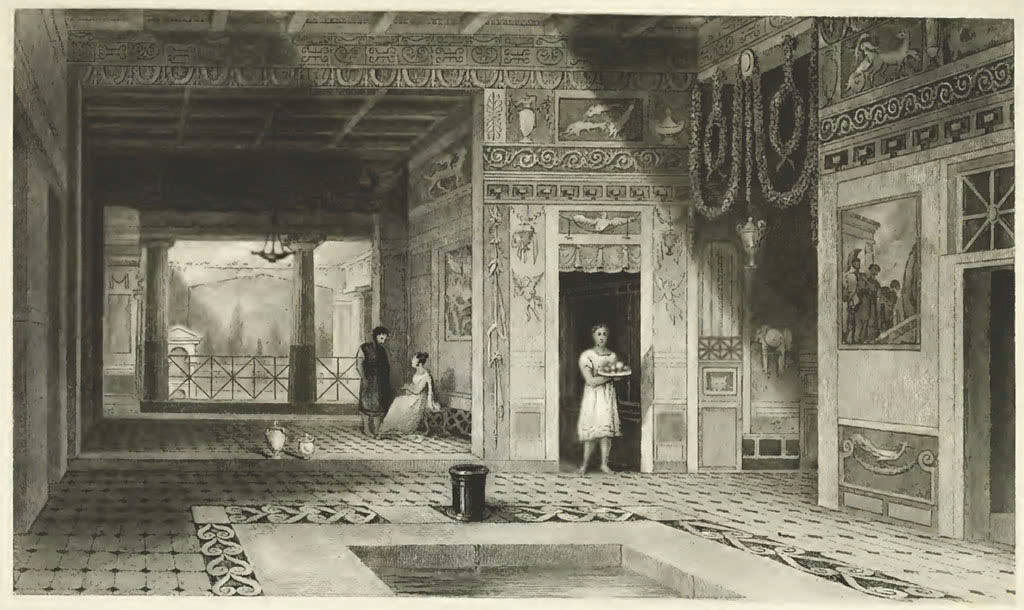
The house earned its intriguing name from the stunning frescoes adorning its walls, particularly one depicting scenes from Greek tragic plays. These artistic choices reveal the owner’s sophisticated taste and deep appreciation for theatrical arts, marking them as a member of Pompeii’s cultured elite.
Artistic Splendor
Throughout the residence, vibrant frescoes showcase mythological figures and elaborate scenes, telling stories from both Greek and Roman traditions. These masterfully crafted artworks, with their rich colors and detailed designs, speak volumes about the cultural refinement of the era.
Architectural Excellence
The Heart of the Home
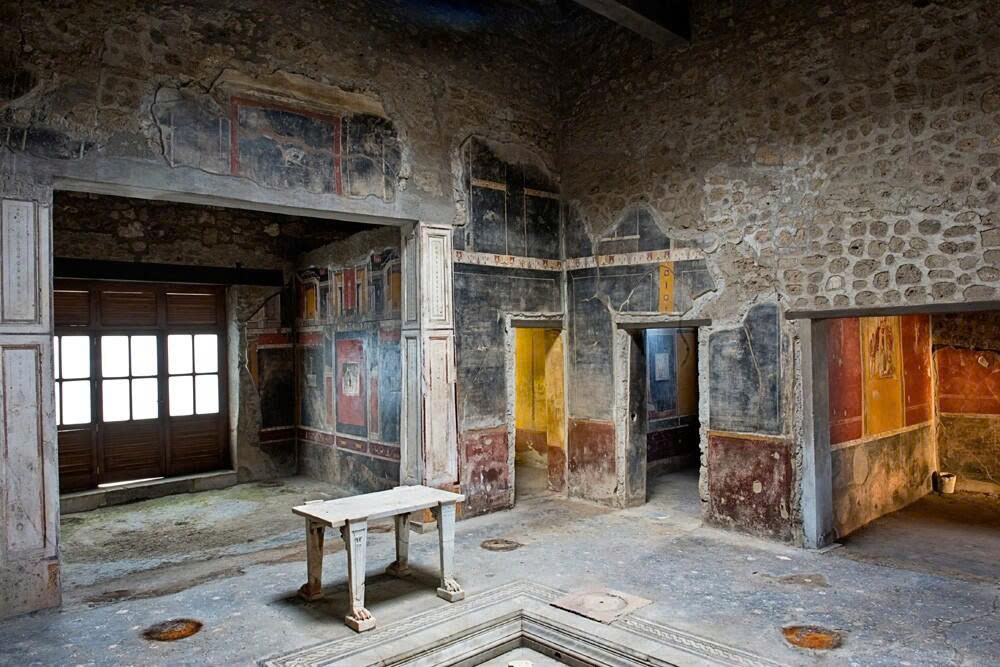
The house’s design exemplifies Roman architectural brilliance, centered around an open-air atrium that bathes the surrounding rooms in natural light. This central courtyard served as the home’s primary living space, seamlessly connecting various chambers and creating an atmosphere of openness and tranquility.
The Garden Sanctuary
Perhaps the most captivating feature is the peristyle garden – a verdant oasis adorned with intricate mosaic flooring. This carefully cultivated space, filled with fragrant plants and artistic elements, perfectly demonstrates the Roman passion for combining natural beauty with human-made elegance.
A Cultural Time Capsule
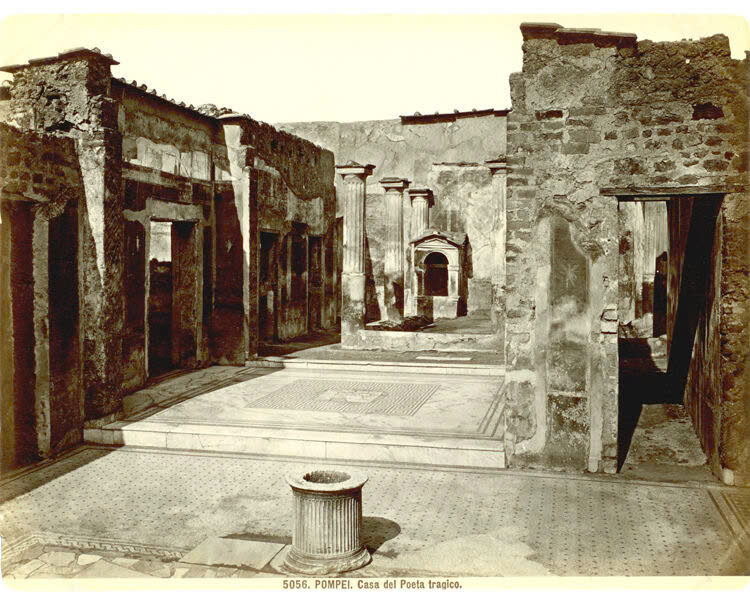
Archaeological discoveries within the house paint a vivid picture of daily life in ancient Pompeii. Unearthed artifacts – from furniture to pottery and personal items – suggest that this wasn’t merely a residence but a vibrant center of intellectual and cultural exchange. The presence of preserved food items like grains and dried fruits provides insights into the practical aspects of elite Roman life.
The Preservation Paradox
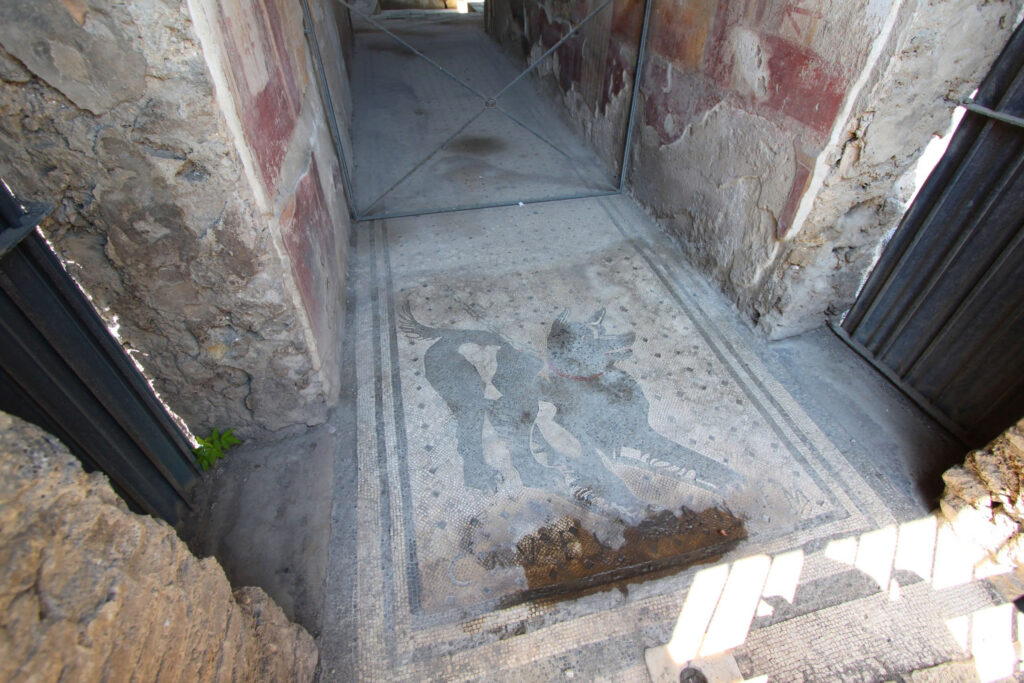
While the eruption of Mount Vesuvius brought tragedy to Pompeii’s inhabitants, it paradoxically preserved this architectural gem for future generations. Buried under layers of ash and pumice, the House of the Tragic Poet became a perfectly preserved snapshot of Roman life, allowing modern visitors to experience the grandeur of ancient Roman society firsthand.
Legacy of Luxury
Today, the House of the Tragic Poet stands as more than just an archaeological marvel – it’s a living testament to the sophisticated lifestyle of Roman elites. Its well-preserved rooms, artistic treasures, and architectural features continue to captivate visitors, offering invaluable insights into a civilization that valued both intellectual pursuits and aesthetic beauty.
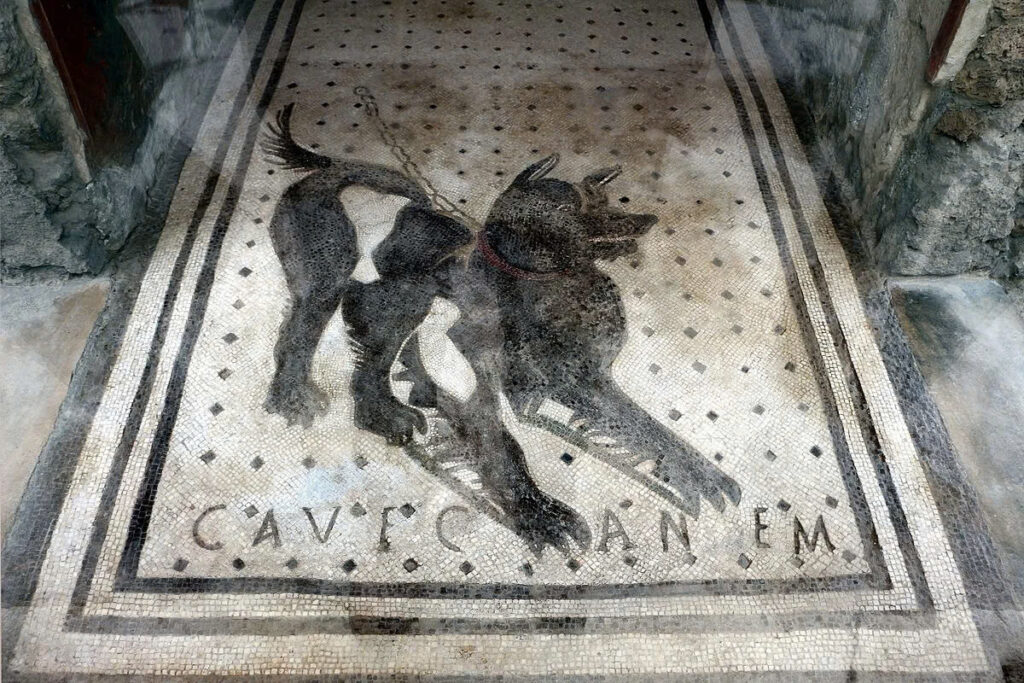
This remarkable residence reminds us that despite the passage of two millennia, human appreciation for art, culture, and refined living remains unchanged. In the shadows of Mount Vesuvius, the House of the Tragic Poet continues to tell its story of luxury, sophistication, and the enduring human spirit.
